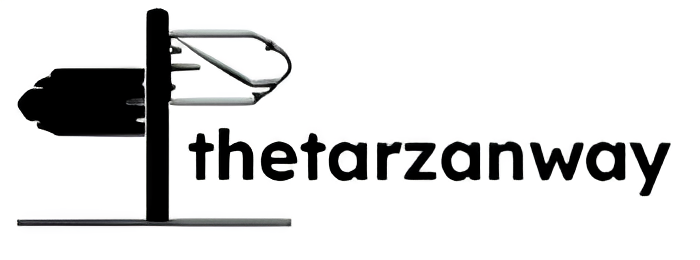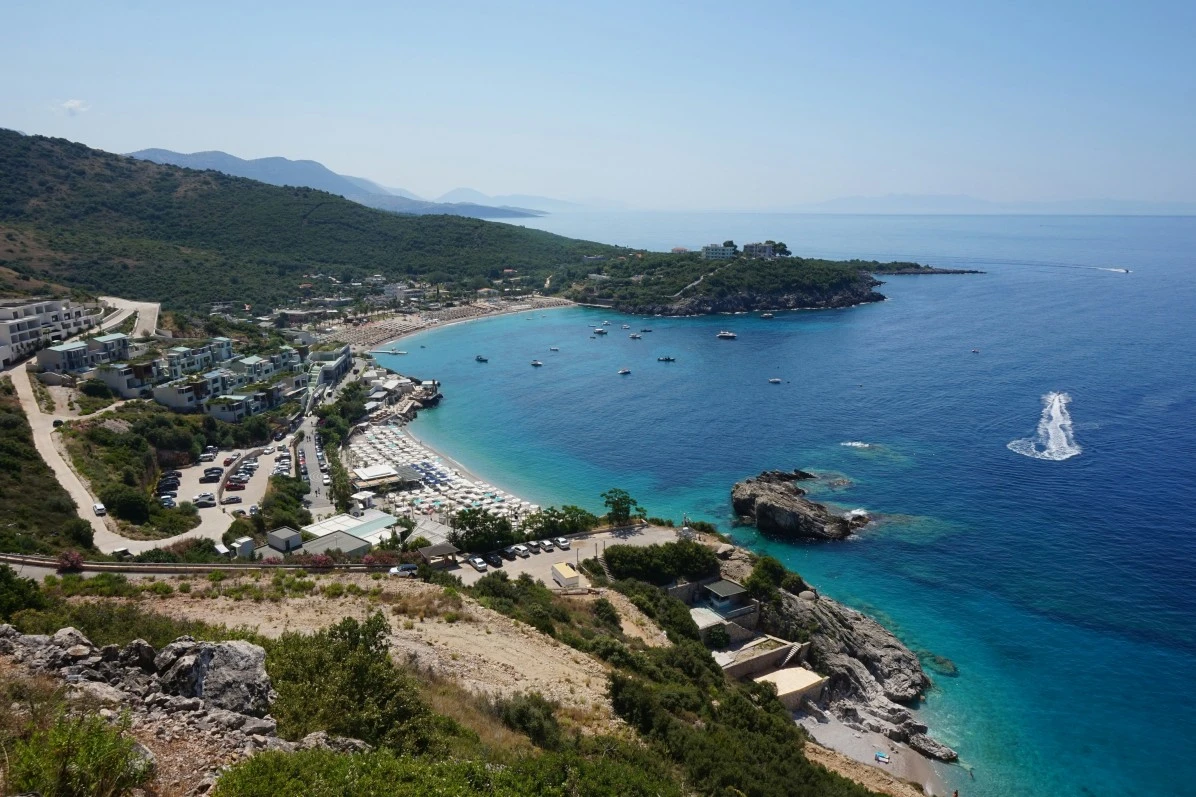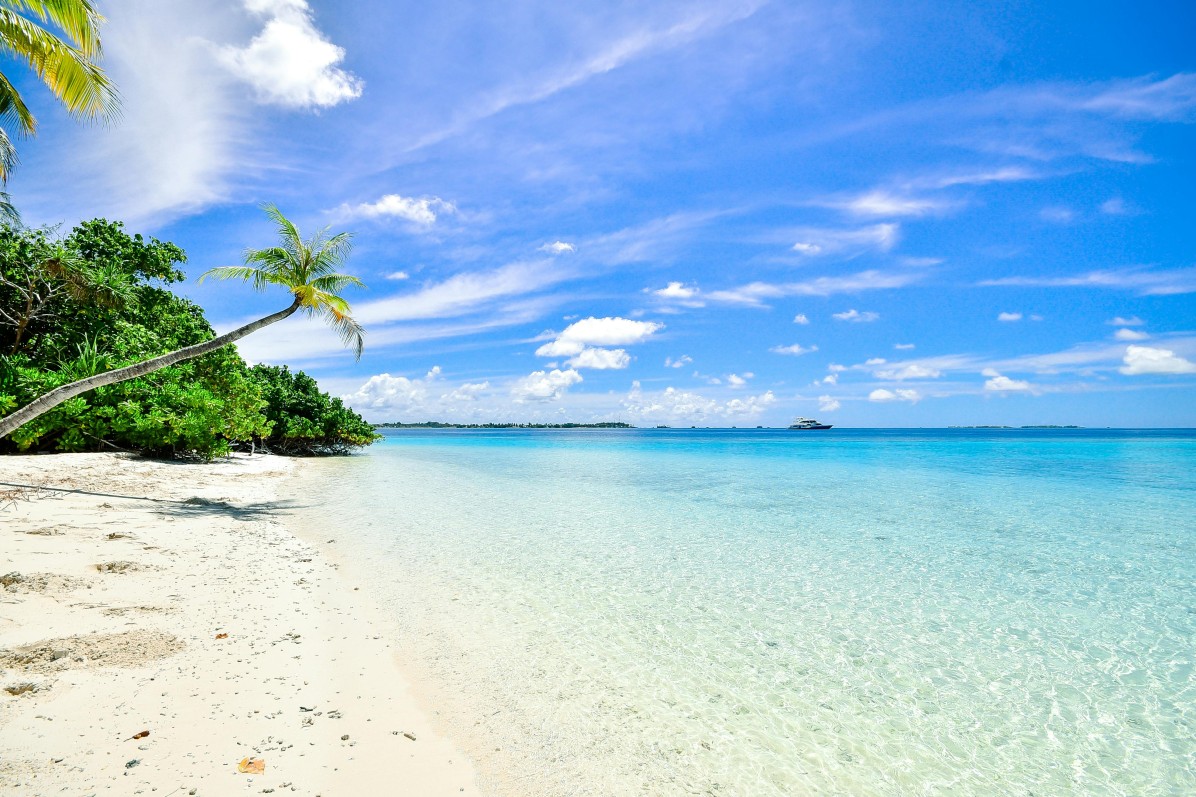Halloween is a festival that is celebrated all around the world on October 31st, the eve before the Western Christian celebration of All Hallows Day. It signifies the beginning of Allhallowtide, the season of the liturgical year in which saints, martyrs, and all the deceased are remembered.
Trick-or-treating, dressing up in Halloween costumes, making jack-o’-lanterns out of pumpkins, lighting bonfires, bobbing for apples, playing divination games, pulling pranks, and going to haunted places are just some of the things done on Halloween.
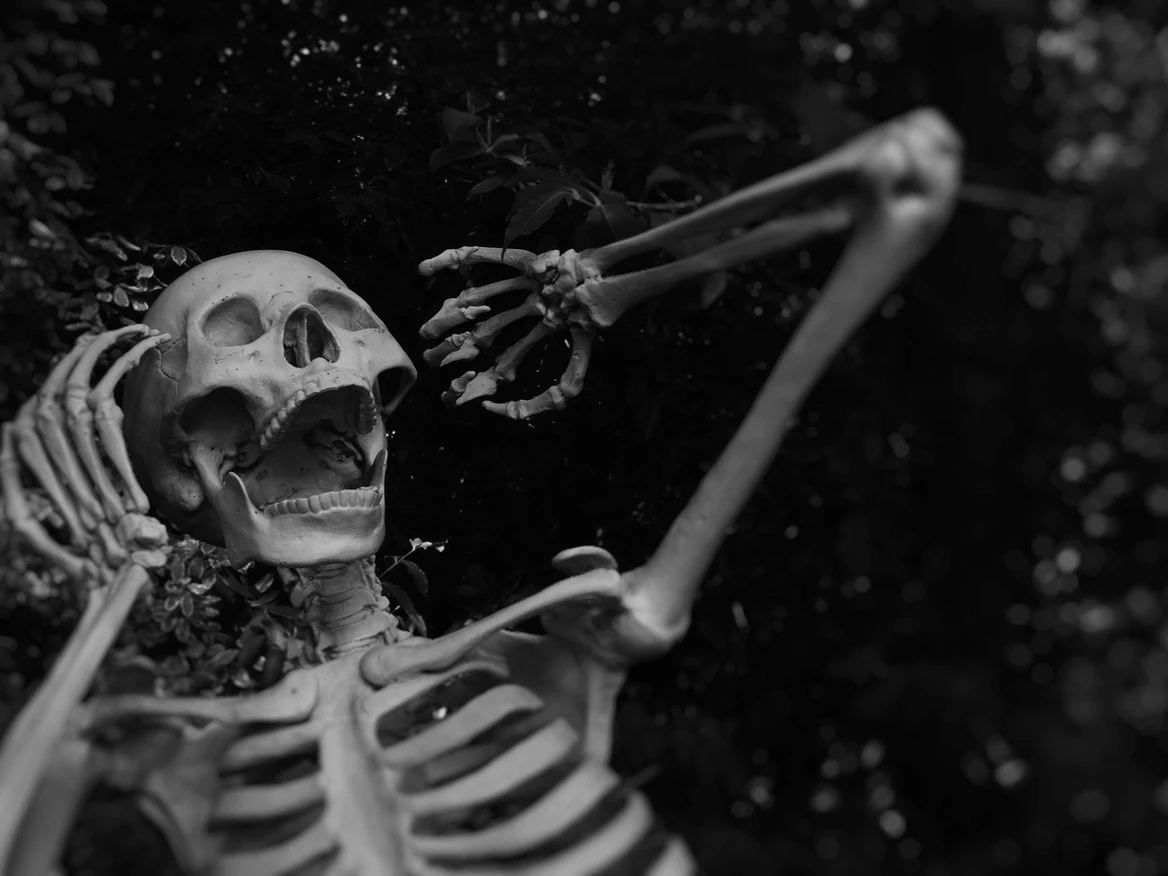
Immigrants from Europe who were acquainted with the custom’s origins took Halloween to the United States. It was economically brought to the country as a mass-cultural souvenir and then to India after liberalization. This exciting holiday is now observed in places all over the world.
Indians are slowly beginning to make Halloween an annual celebration. Despite how unnatural this pairing may seem in the traditional sense of things; it is normal culturally. In fact, it is actually better embraced in India than it is in the US.
These are 5 festivals that have been celebrated in India for centuries that are very similar to Halloween!
5 Festivals like Halloween in India
Although it may not have caught everyone’s attention in India, the holiday has definitely started becoming popular among young people living in different parts of it. There are also a number of festivals in India that are incredibly similar to Halloween and have been around for centuries! Here are 5 Indian holidays that have their own customs for honoring the dead:
1. Bhoot Chaturdashi
The West Bengali holiday of Bhoot Chaturdashi or Narak Chaturdashi, which falls on November 14, is the equivalent of Halloween. The occasion is celebrated on the 14th day of Krishna Paksha in the Hindu month of Kartik, according to the Saka period calendar.
In the far east of the country, it is a day for warding off evil spirits or ghosts, whilst in the north, it is celebrated as Chhoti Diwali. The 14 ancestors are summoned on Bhoot Chaturdashi, who both welcomes and wards them off simultaneously.

14 ancestors are summoned on this day by ceremonies and prayers, and they are then banished. It is observed prior to Kali Puja (Diwali in north India).
Kali Puja and Bhoot Chaturdashi are days when people honor the Devi to protect their family and children from “tantriks” because Bengal has a legacy of dark magic. Bhoot Chaturdashi honors deceased ancestors, much like Halloween serves as a passageway for the undead to creep through your neighborhoods.
Ancestors are said to still visit families today because it is still thought that there is a thin veil separating this world from the underworld. In order to symbolize the same, 14 diyas are distributed throughout the home to direct the 14 ancestors. It is believed that these prevent them from losing their way.
2. Gai Jatra
This holiday honors deceased loved ones. It is observed in Nepal. On this day, family members dress up as cows and participate in 
marches to honor their family and friends who are no longer with them. They do this to guarantee that they will have a place in heaven.
Gai Jatra takes place in the lunar month of Bhadra, which often falls between the months of August and September. The festivities take place on Pratipada, the initial day of the dark fortnight, in accordance with the Nepalese lunar calendar.
The festival of the dead is observed in different ways, such as the Nepali folk arts in Kathmandu, and in various Nepali cities like Patan, Kirtipur, and Bhaktapur. The Taha Macha chariot of Bhaktapur, which is decked with images of the dead signifying departed spirits, is one of the key elements of the Gai Jatra celebration.
In Kirtipur, the Gai Jatra has a different meaning. Kirtipur’s followers parade around the city wearing costumes modeled after different Gods and Goddesses. In addition, Ghinta Ghisi presents a variety of cultural shows. The folk dance is done locally and includes devotees, kids wearing colorful masks, and people who have painted their bodies just like Halloween!
Gai Jatra is a vital Nepalese celebration that is very difficult for mourning families. During this period, families participate in rituals that are thought to bring comfort and safety to the souls of the deceased.
3. Pitru Paksha
Forefathers are also remembered for Pitru Paksha. It lasts for a period of 16 days. Hindus partake in rituals during this time to satisfy the appetites of their deceased ancestors by providing food and drink. Three generations of a person’s ancestors are revered during Pitru Paksha for a reason.
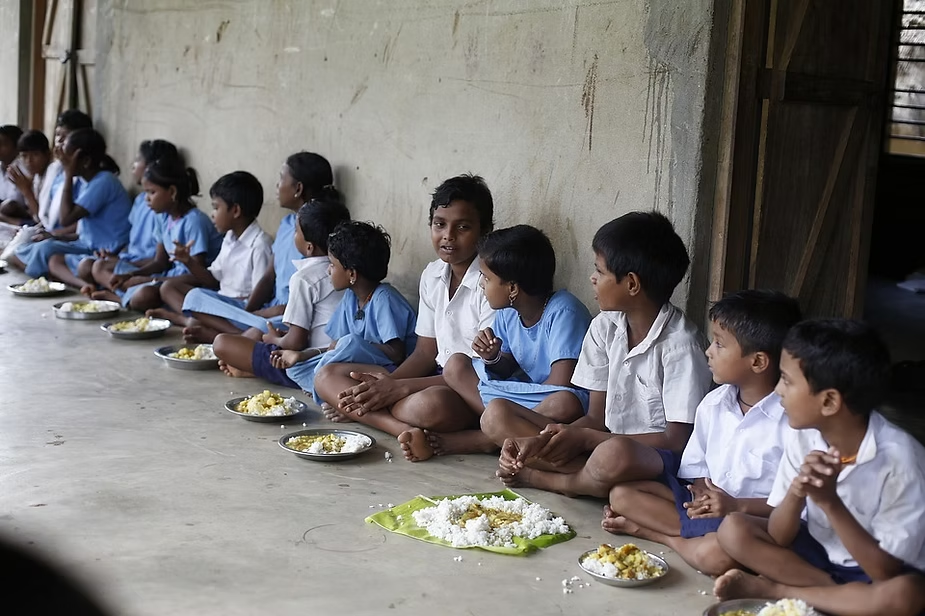
The souls of the three previous generations are said to be housed in Pitriloka, the place between earth and heaven ruled by Yama, the deity of death. The generations prior to these three generations live in heaven and are not given tarpan because of this.
With the help of this celebration, families may make sure that their ancestors are cared for long after their souls have gone to heaven. Offering prayer services, meals, and daan to the less fortunate as well as the temple priests serves as a way to commemorate the occasion.
According to ancient writings, the soul begins its journey to Yamapuri on the fourteenth day following death and arrives there in seventeen days. To get to Yamaraj’s court, they must journey for an additional 11 months.
It is believed that the spirit is deprived of food, water, and clothing until it enters the court. These souls receive the daan, tarpan, and offerings made during Pitru paksha, which quench their hunger and thirst.
4. Shab-e-Barat
On the eve of the 14th and 15th of Sha’aban, the eighth month of the Islamic calendar, Muslims celebrate Shab-e-Barat. People make delectable treats like Halwa, Zarda, and many others during the day to relish and share with their friends, family members, neighbors, and the less fortunate. There are also some people who choose to fast on the occasion.
On this day, followers of Islam pray to Allah, seeking his pardon for their offenses and the sins of their departed relatives, as well as deliverance from hell. By offering prayers at the cemeteries of their dear ones, they honor it. It is said that based on one’s actions for the upcoming year, Allah determines everyone’s fate.
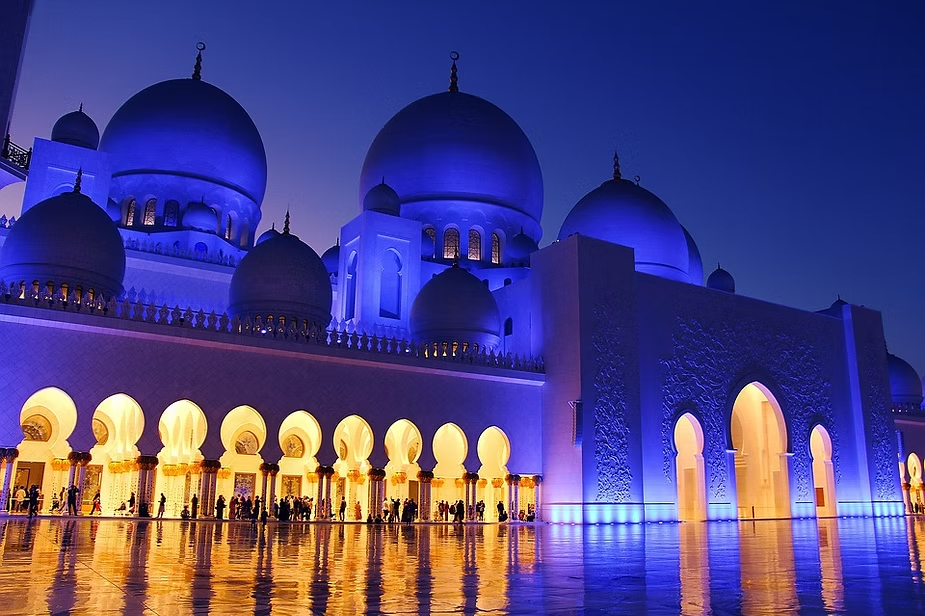
Even though the primary rituals and Holy Quran incantations begin at night, the day begins with vigor and festivity. Muslims from all over the world observe the occasion in a variety of ways depending on regional customs and cultural uniqueness.
All of South Asia, including India, Pakistan, Bangladesh, Sri Lanka, Azerbaijan, and Turkey, as well as Central Asia, which includes Uzbekistan, Tajikistan, Kazakhstan, Turkmenistan, and Kyrgyzstan, celebrate this festival with tremendous fervor.
It is a very holy night, and it is believed that people who genuinely seek the Almighty to forgive them of their sins will receive it. Along with praying, people also exchange “Shab-e-Barat Mubarak” greetings and just positive energy all around!
5. Bada Badua Daka
The “Bada Badua Daka” ritual, which is carried out on the day of Diwali, is a special way that the people of Odisha honor their ancestors. The doorways of every home are decorated with dozens of candles, oil lamps, and diyas.
Every member of the family stays in their house on the night before Diwali. In front of their house, a sailboat-shaped rangoli has been painted on the ground.
The sailboats include a variety of religiously significant artifacts in each chamber. A prasad is laid in the center chamber, and a diya with a jute stem and cloth wick is lit over it. The prayer has to start by this point.
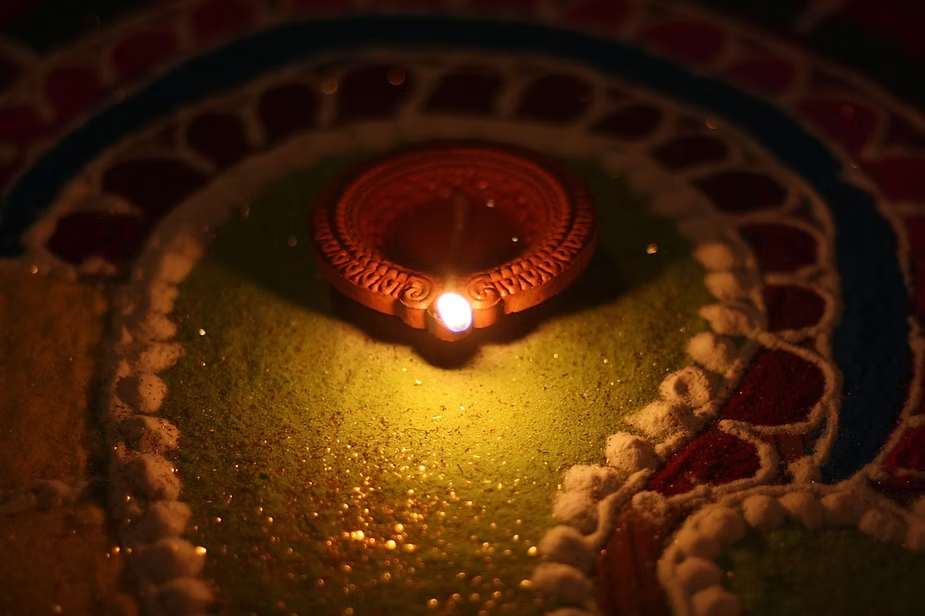
The people then, pointing their hands toward the sky say a prayer while holding a few of the jute sticks. They do this to ask their ancestors to come down in the night, to protect the living, and to leave in the light.
The phrase “Badabadua Ho Andhaare Aasa, Aalua Re Jao” is chanted. It means, “Forefathers, come in the darkness and go back along the lighted path”. On this particular day, there is usually a breathtaking sight of lights as hundreds of bunches of jute sticks are lit.
Now you know!
You now know about India’s extraordinarily unique versions of the celebration, which have been observed for generations. It is still known that Indians see the fact that Halloween is centered around ghosts as a bad omen. (Even though that sums up most of these festivals!)
It might be because few people want to accept the possibility of a day in which ghosts and spirits roam freely among us.
Also, Indians don’t pay much heed to this holiday because, while the rest of the globe gets ready for Halloween Indians have their own traditional festivities planned for the month of October. So, there isn’t really much time to get into the spirit of Halloween!
FAQs
1. Is Diwali a Halloween-related holiday?
Many people think of Halloween as the western version of Diwali. However, the practice actually began with the ancient Celtic holiday of Samhain, when people would dress up in costumes and light bonfires to fend off ghosts. However, Halloween is not directly related to it.
2. Who are the people who do not observe Halloween whatsoever?
Many Christians, as well as certain Jews and Muslims, avoid participating in Halloween festivities because they distrust the holiday’s Celtic feast of Samhain origins.
3. Where in the world is Halloween most popular?
Most of the Western world, most notably the United States, Canada, the United Kingdom, and Ireland, as well as increasingly in Australia and New Zealand, celebrate Halloween. In recent years, Western European nations including Belgium, France, and Spain have also joined in on the Halloween festivities.

